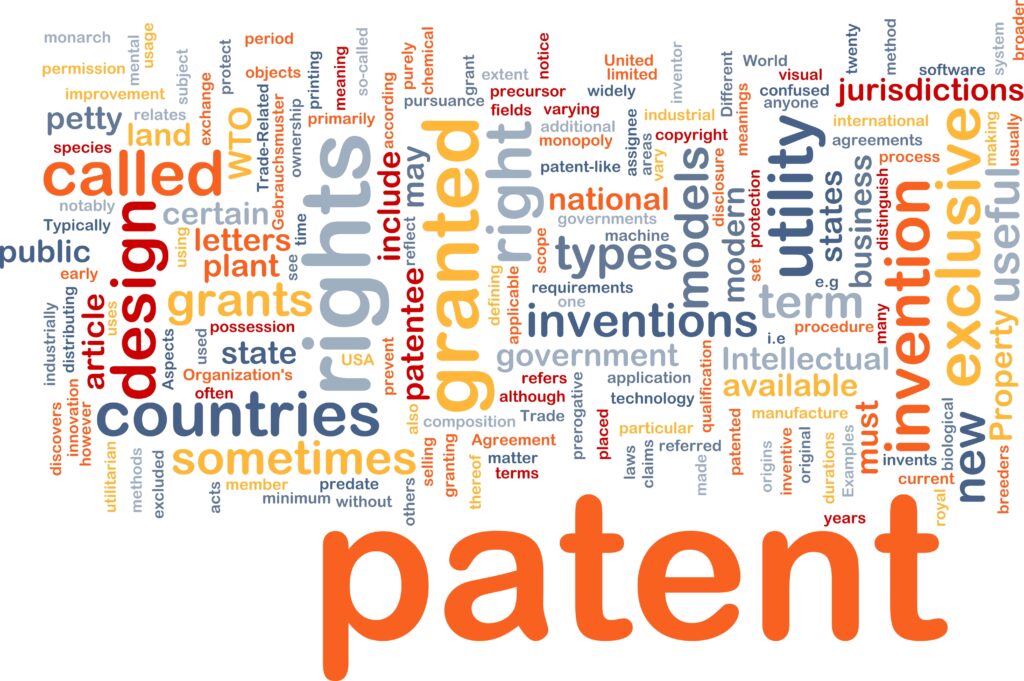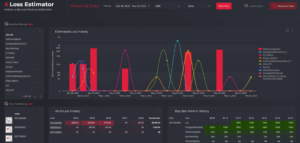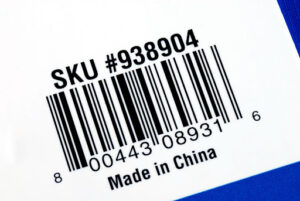If you are an investor or a business owner, you may wonder what type of patent is best for your product or invention. There are two main types of patents: utility patents and design patents. Understanding the differences between these two types of patents can help you decide which one is right for you.
What is a Utility Patent?
A utility patent is a type of patent that covers the functional aspects of a product or invention. It is granted for any new and useful process, machine, the composition of matter, or any new and useful improvement thereof. A utility patent gives the owner the right to exclude others from making, using, selling, and importing an invention for a limited time, usually 20 years from the filing date.
Examples of inventions that may be eligible for a utility patent include a new type of computer software, a new medical device, a consumer good like a kitchen gadget or pool toy, or a new manufacturing process.
What is a Design Patent?
A design patent is a type of patent that covers the ornamental design of an article of manufacture. It is granted for any new, original, and decorative design for a report of manufacture. A design patent gives the owner the right to exclude others from making, using, selling, and importing an article of manufacture that embodies the patented design for a limited time, usually 15 years from the date of grant.
Examples of designs that may be eligible for a design patent include the appearance of a new type of chair, the design of a new type of car, or the design of a new type of packaging.
Which Patent is Right for You?
When deciding whether to pursue a utility patent or a design patent, you should consider the nature of your invention. If your invention is functional, such as a new type of computer software or a new medical device, a utility patent may be the best option. If your invention is primarily ornamental, such as the appearance of a new type of chair or the design of a new type of packaging, a design patent may be the best option.
It is also possible to pursue both a utility patent and a design patent for the same invention. For example, you may be able to obtain a utility patent for the functional aspects of a new type of chair and a design patent for the ornamental design of the chair.
Obtaining a Patent
To obtain a utility patent or a design patent, you must file a patent application with the United States Patent and Trademark Office (USPTO). The process of obtaining a patent can be complex and time-consuming, and it is recommended that you seek the assistance of a patent attorney to help guide you through the process.
In your patent application, you will need to provide a detailed description of your invention and how it works, as well as drawings or diagrams to illustrate your invention. You will also need to specify the specific claims that you are making in your patent application, which outline the specific aspects of your invention that you want to protect.
Once you have filed your patent application, it will be reviewed by a patent examiner to determine whether it meets the requirements for a patent. This can be a lengthy process, and it is not uncommon for patent applications to take several years to be granted.
Enforcing Your Patent
If your patent application is granted, you will have the exclusive right to exclude others from making, using, selling, and importing your invention for the duration of the patent. If someone else tries to use or sell your invention without your permission, you can take legal action to stop them and potentially recover damages.
However, enforcing your patent can be expensive and time-consuming. Hiring an agency or patent attorney that is well-versed in the process is typically a good idea. Patent enforcement has always been challenging for the holder of the patent but the digital age has created an entirely new set of difficulties. Enforcing patents in e-commerce can be challenging for a number of reasons. One major challenge is the global nature of e-commerce, which makes it difficult to enforce patents in different jurisdictions. Online marketplaces and platforms can host a wide variety of products and services from sellers around the world, making it difficult to monitor and enforce patents on a product-by-product basis. Additionally, many eCommerce transactions are conducted through intermediaries, such as online marketplaces and payment processors, which can make it difficult to identify and pursue infringers. Another challenge is that eCommerce platforms often use automated systems to list, sell and distribute products, thus making it harder to trace and hold liable the individuals responsible for infringing activities. Furthermore, the anonymity of online transactions can make it difficult to identify infringing parties and gather evidence of infringement, especially in cross-border cases.
Largest Patent Damages Award
There have been a number of patent enforcement cases that fundamentally changed the path of patent law in The US. Some of these cases led to damage awards in the hundreds of millions to even billions of dollars. This is the largest award in The US to date:
Idenix vs Gilead Sciences Inc (2016) – $2.54B
The case of Idenix vs Gilead is a noteworthy example that provides valuable lessons for both plaintiffs seeking damages and defendants looking to avoid mistakes. Andrew Carter of Ocean Tomo testified on behalf of Idenix, using his analysis to support their attorney’s opening statement which outlined their claim for $2.54 billion in damages, calculated as 10% royalty and not lost profit. Gilead’s damage expert argued for a lower amount, in the range of $73 million to $380 million. After a week and a half-long trial, the jury ultimately awarded Idenix the 10% royalty they had requested for the infringement of their Hepatitis C patent. Barry J. Herman of Womble Carlyle Sandridge & Rice LLP reviewed the trial transcripts and provided insights on effective strategies for approaching a damages case. You can find an interesting analysis of the case here.
Extending Your Patent
In some cases, a patent holder may be able to extend the term of their patent beyond its original expiration date. This is known as patent term extension or patent term adjustment.
One way to extend the term of a patent is through the use of regulatory extensions, which are granted by the United States Patent and Trademark Office (USPTO) under certain circumstances. For example, the FDA may approve a new drug and the patent holder may receive an additional five years of patent protection in order to compensate for the time it took to get FDA approval.
Another way to extend a patent is through supplementary protection certificates (SPCs) which are available in some European countries. SPCs provide an additional term of up to five years for medicinal products and plant protection products.
It’s also worth noting that patent term extensions can be granted in other countries as well, with different rules and regulations. It is important for patent holders to be aware of the laws and regulations in their respective countries when seeking to extend their patents.
Conclusion
Utility patents and design patents are valuable tools for protecting your inventions and ensuring that you can reap the rewards of your hard work and creativity. If you have an invention that you believe is eligible for a patent, it is important to understand the differences between utility patents and design patents and decide which type of patent is right for you. Obtaining a patent can be a complex process, but with the help of a patent attorney, you can navigate the process and protect your intellectual property. Enforcing patents usually involves a qualified brand protection agency or attorney as well. A patent holder may be able to extend the term of their patent beyond its original expiration date through regulatory extensions or supplementary protection certificates. These extensions are available under certain circumstances and are subject to the laws and regulations of the country in which the patent was granted. Patent holders should be aware of the laws and regulations in their respective countries when seeking to extend their patents.
f you are looking for assistance in brand protection or enforcing your patents and IP on Amazon.com, feel free to contact us at www.amzwatchdog.com.




